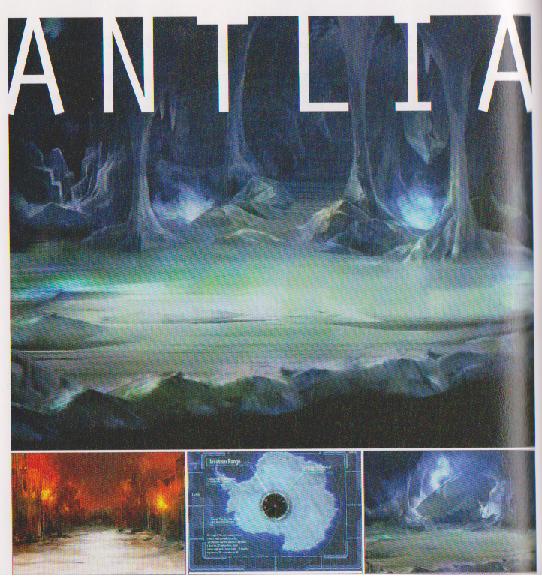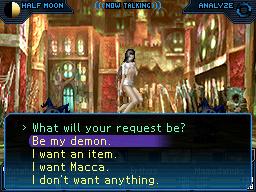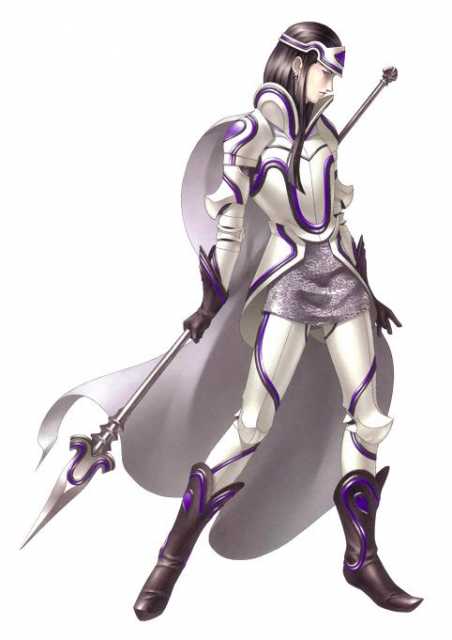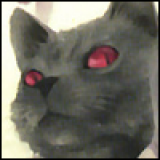SMT: Strange Journey - Nocturne in the Schwarzlight
By eirikr 6 Comments
I’ll say it outright: Shin Megami Tensei: Strange Journey is not only one of the best games in the series, but a top contender for best DS RPG as well. I’ve beaten the Japanese version four times across 200 hours of playtime and enjoyed just about every moment of it. So much so, I can’t wait to do it all over again in English next week.
I reviewed the game a while ago here, and in most ways this blog is a supplement to it as there’s a lots to say about Strange Journey that doesn’t fit into the scope of a typical review. As it’s being billed “a true series follow-up,” the big question is probably how it compares to Shin Megami Tensei: Nocturne. After my first playthrough I would have just brushed the question off with a “you really can’t compare them” but now after playing it four times, it definitely feels like a legit inquiry. It may not have a PS2 running it, but Strange Journey takes all the gameplay elements impacted by design choices and does just about all of them better. Here’s a quick comparison of some key mechanics.
Despite Nocturne’s obvious hardware advantages, Strange Journey throws just as much clever design at you.

But you don't need a whole lot of horsepower to have good art direction, and Strange Journey's is still top-notch conceptually. The visual appearances of the dungeons themselves go a long way towards keeping things interesting, even though one way you'll notice the game's obviously meager budget is through the repetitive textures seen on their walls. Given their large sizes however, it’s to be expected and it’s made less of a deal since the actual dungeon design will keep you guessing. You might have to enter a section that’s totally dark, requiring you to use the map screen to maintain your direction; enter a sort of parallel dimension that will lead to a different part of the map; or (grumble grumble) maintain your composure through some brief teleportation mazes. But since save points and healing stations are plentiful this time around, it’s easier to focus on moving onward than being worn down by combat.
Though the battle systems overall are pretty much even, Nocturne is slightly superior with the sword and Strange Journey with the tongue.

Strange Journey has the edge in conversation. Even though I couldn’t understand a lick of what was being said, the mechanics around it are much more fleshed out and forgiving than Nocturne, especially if you take into account all the Demonica Suit sub-applications which can nearly guarantee you’ll get what you want from the demons you encounter.
The sub-apps are important because they affect more than just conversation, allowing you to tweak elements in battle, on the field, or while fusing. For example, even though the encounter rate in Strange Journey is much lower than Nocturne’s (no more back-to-back encounters!) they still allow you to dial it back further, or even increase it should you desire. Most of them don’t drastically affect the way the game is played, but most make the game’s processes seem faster and more intuitive, so who wouldn’t want that?
Strange Journey has quite possibly the best fusion in the entire series.
On first glance, Strange Journey’s fusion seems similar to Nocturne and it is – fuse two demons and get a new one with some skills carried over from the parents. I was a little put off at first though, since basic fusion inheritance is limited and you can’t just select what skills you want to pass along. But by the time I had fused my last demons, I had probably spent more time with fusion in this game than any other, and subsequently figured out how to give my demons the exact high-level skills I wanted in a matter of minutes. Coming from someone who has spent much time in Nocturne and the Personas canceling out of fusion to get the right “roll,” I personally think that’s a little insane.
So how is that possible? Trade secrets for now, but suffice to say it has to do with just how useful the new Demon Sources are. Demon Sources are a grab bag of skills that your demons bequeath you, and can be used in fusion to beef up your results. While at first the Sources seemed like a quick way for beginners to fuse demons with a variety of skills, they've got some high-level tricks up their sleeves that will please those who take pride in crafting pedigree talking penises.

Nocturne got a lot right on the first try (well, maybe second try), and its omissions in contrast to Strange Journey don’t necessarily make it a lesser game, but I think its interface inadequacies and the like will nonetheless date it quicker. I won’t outright say which one is better than the other, but I will say this: Strange Journey is just as intense and involved as Nocturne, only with necessary design progression that will appeal to more than just the typical diehard niche.


Log in to comment